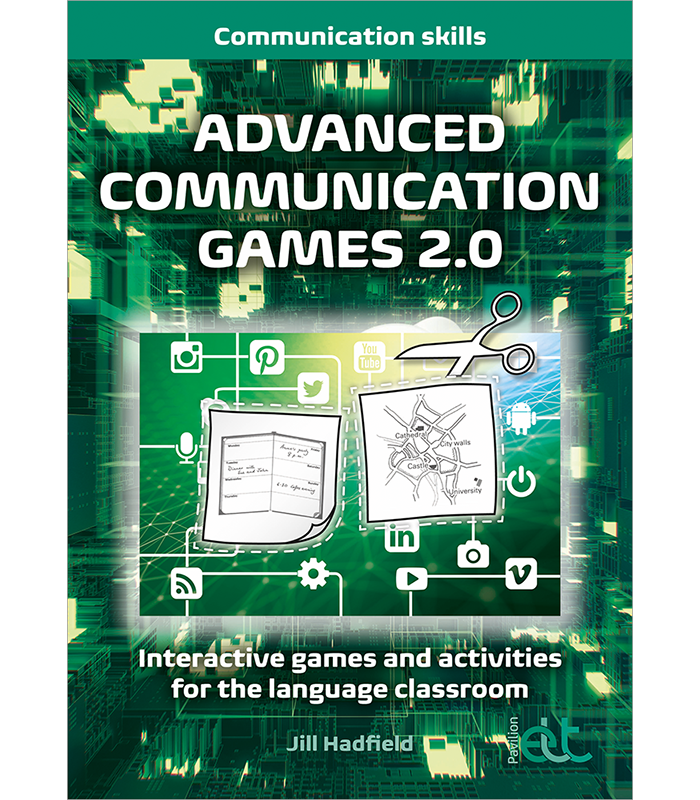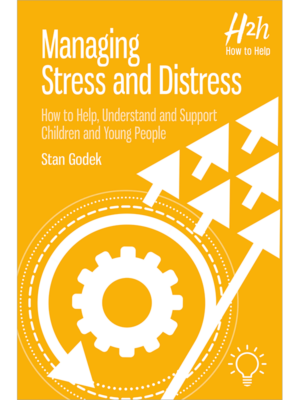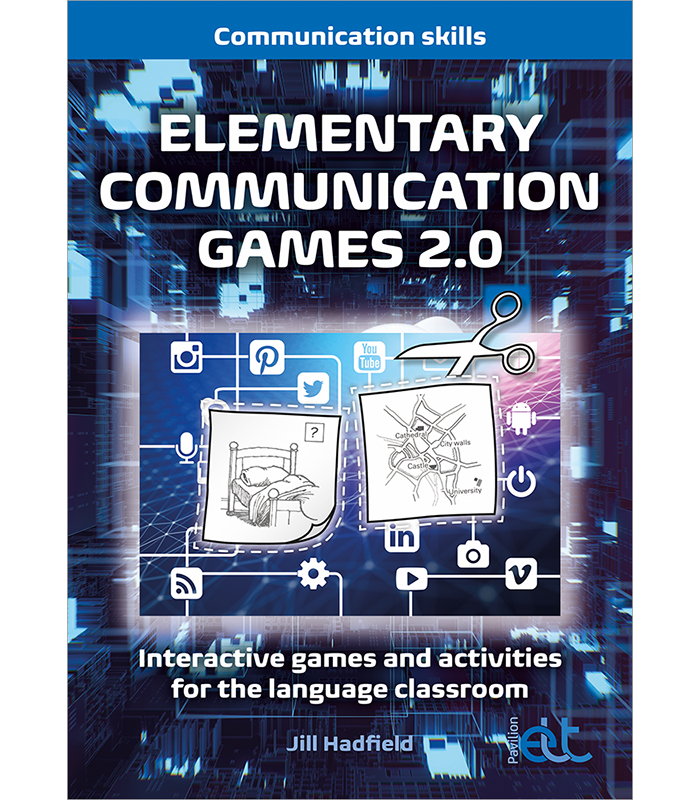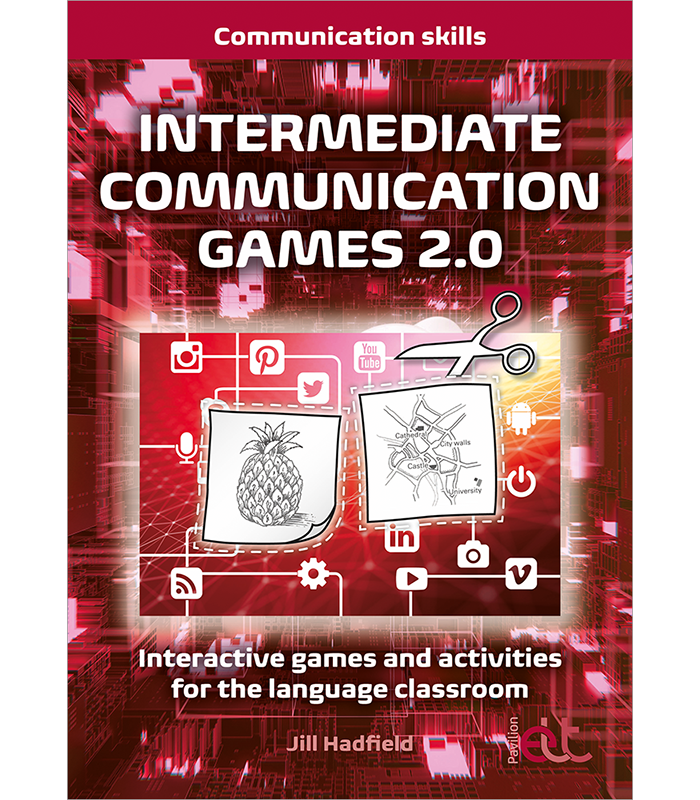
The Communication Games 2.0 series is a collection of resources for English language teachers, and Advanced Communication Games 2.0 is designed for intermediate language learners at CEFR B2+–C2 level.. Earlier editions of the series have been best sellers globally and have already been translated into 12 languages. Taking on board feedback from these earlier generations and modern viewpoints, global issues and topical discussions, and current teaching practices into account – including the dramatic rise of teaching online and hybrid lessons – the new generation of the series has emerged. The idea behind this new generation is to be a go-to resource of communication games and activities, providing a wide variety of activities for communicative and interactive practice during lesson time with the teacher as a guide, facilitator and linguistic coach, for both the live online, hybrid and face-to-face classrooms of today and in the teaching of tomorrow.
Organised into 50 activities with varying time frames according to level and type of activity, each book in the Communication Games 2.0 series consists of comprehensive teacher’s notes with aims, language summaries and detailed procedure for each game or activity for both teaching face to face in class and live online; pages of photocopiable materials for each game or activity; and photocopiable rules sheets for the learners.
Each game or activity is interactive and involves cooperation rather than competition – they all have a non-linguistic aim, such as matching, drawing, ordering, collecting, sharing information, in order to successfully complete the task. They been carefully designed to involve intensive practice of a certain set of functions, structures and lexis, like giving personal information, using simple past or recapping food vocabulary, whilst bringing real-world tasks into the lesson. Each game or activity can be located via a structural and a functional index so that teachers can quickly identify their linguistic focus. They also have the added benefits of building good group dynamics through class cooperation and enjoyment, and inspiring learners’ creativity and invention, thereby giving learners a sense of achievement and a greater second-language identity.
The games and activities in Advanced Communication Games 2.0 are suitable for upper-intermediate and advanced language learners at CEFR B2+–C2 language learners, though a teacher can adapt them down to provide a stimulating communication challenge for mid-intermediate language learners to encourage them to stretch the language they have to the limit to complete the task successfully, or use them as revision or error correction for more knowledgeable advanced learners. They have been written to cover the range of functions and structures that learners might encounter at exams such as the speaking paper of B2 First (formerly known as Cambridge English: First (FCE) and C1 Advanced (formerly known as Cambridge English: Advanced (CAE)) or within Trinity GESE (Graded Examinations in Spoken English) grades 8–12, so that they could be used as part of a preparation course, though obviously they may be used with non-examination classes of that level and above. Each game is written within (a) specific functional area(s), focusing on a range of structures appropriate to that function. Most games and activities have a clearly defined lexical field. Teachers can, of course, use the games in any order, to fit in with their own syllabuses, or indeed practise structures that have emerged from the learners’ own language input.
The games are arranged in approximate order of difficulty, following a traditional structural progression, although teachers may, of course, use the games and activities in any order, following their own syllabuses. If you are new to teaching, Communication Games 2.0 will support you on your way with realistic communicative, language practice. If you’re an experienced teacher, it will remind you of games and activities you haven’t used in a while and offer you fresh new ideas or topics to increase your repertoire.
Advanced Communication Games 2.0 is part of the Communication Games series, alongside Elementary Communication Games 2.0 and Intermediate Communication Games 2.0. Jill Hadfield is also the co-author of Live Online Teaching.





